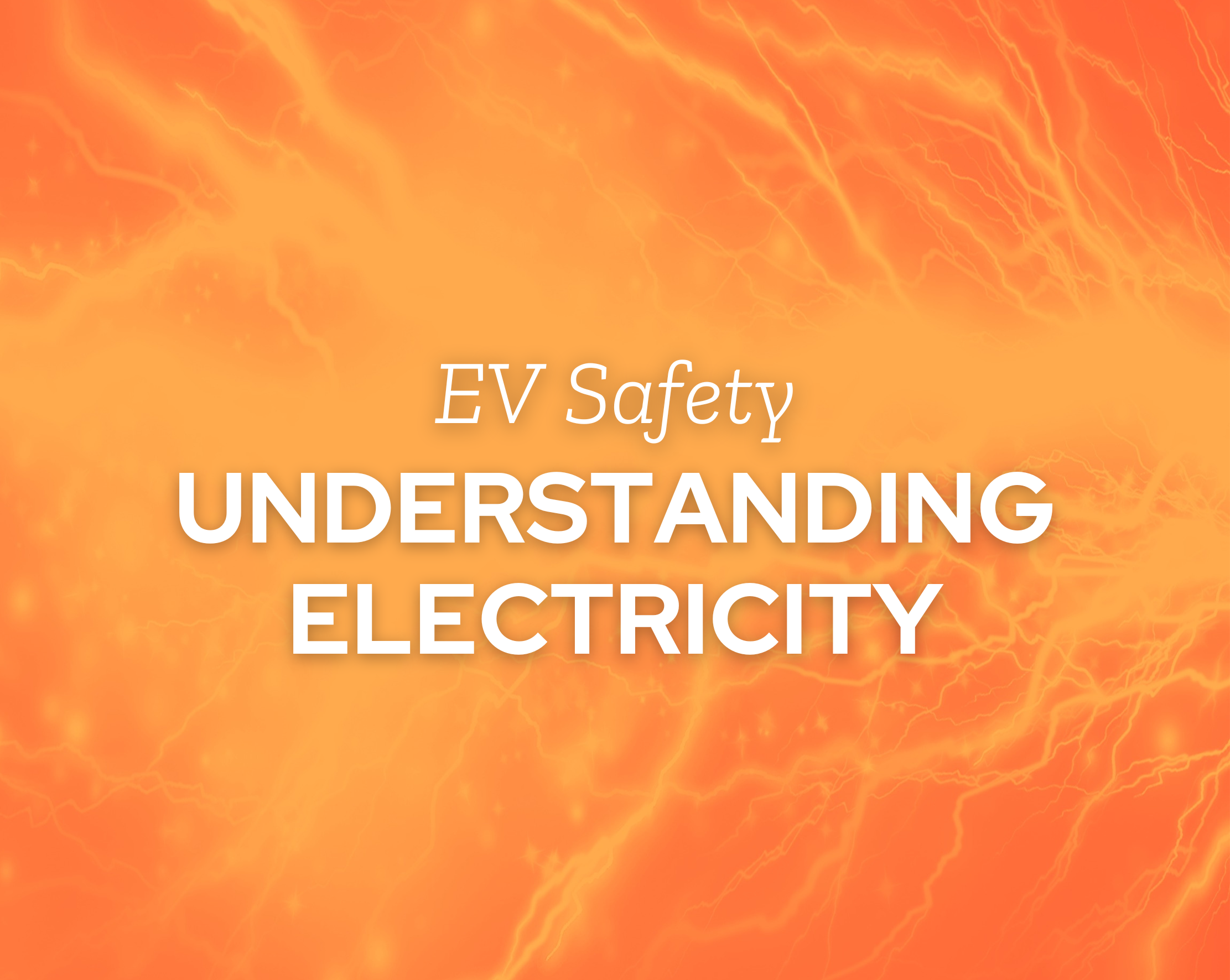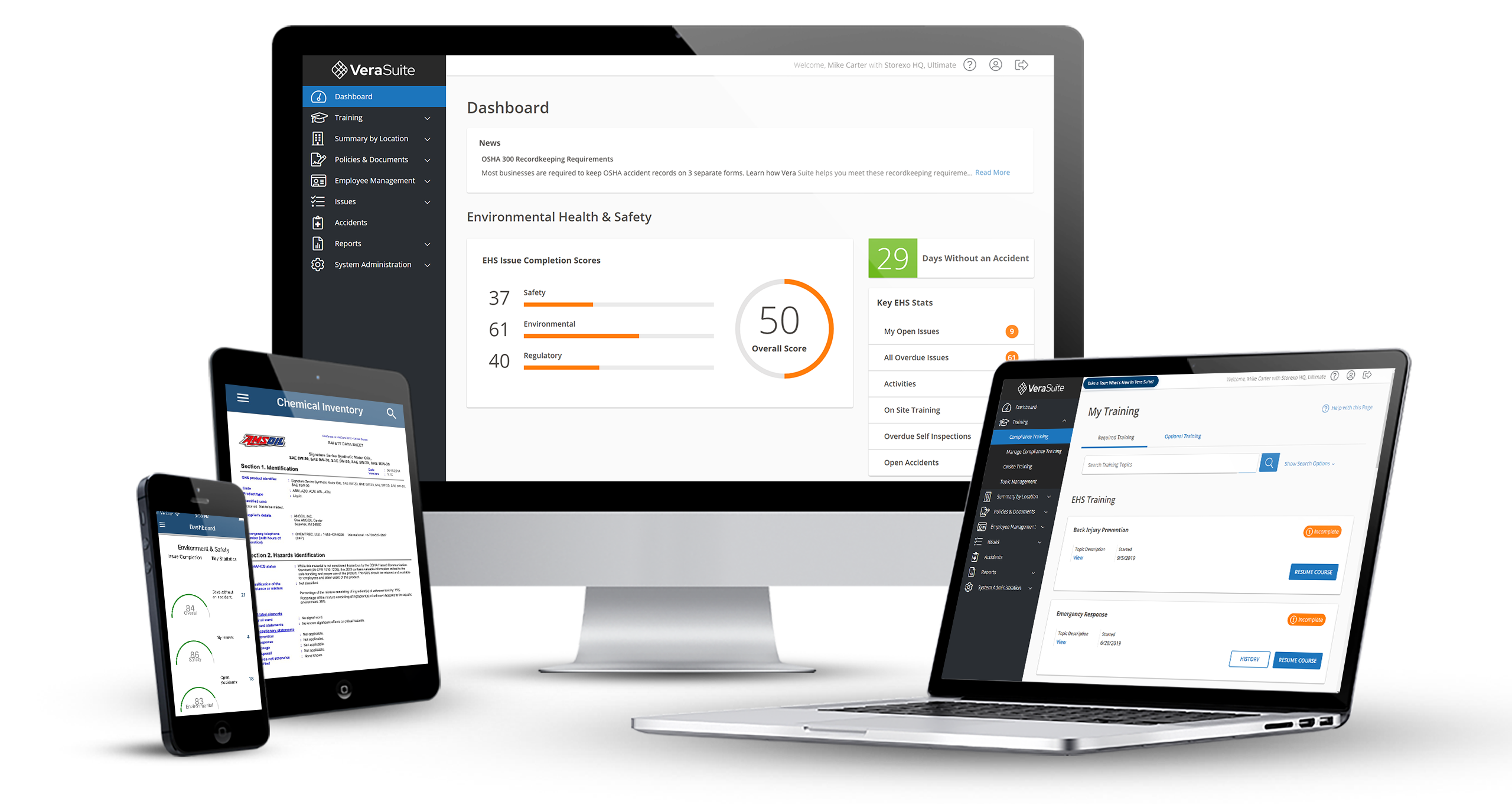EV Safety: Understanding Electricity
Electricity is an everyday part of our lives. Flip a switch and the lights turn on. Plug your phone in and the battery charges. At home, you may not think about how electricity works (until your power goes out). But when your work involves electrical vehicles, it’s imperative to understand the mechanics of electricity to stay safe on the job.
In this post, we explain basic electrical terms, how to calculate voltage and wattage, the risks of working with electric vehicles.
Basic Electrical Terms
Let’s start with the basic terminology.
Electricity is a function of electron movement. An electron is a particle and a component of each and every atom. The continual flow of electrons from one atom to another is what creates electrical current.
Current
An ampere, shortened to “amp” or abbreviated as “A,” is the standard measurement of electrical current that moves past one point of an electrical circuit. One amp is equal to over 6,000,000,000,000,000,000 electrons per second, or six quintillion.
Voltage
Voltage, shortened to “volt” or abbreviated as “V,” is used to measure electric potential difference, which is the force that pushes electrons through the circuit.
Resistance
Electrical resistance is measured in ohms, which is abbreviated as “Ω.” An ohm is a measure of the conductivity of the medium through which the current is flowing. Mediums like copper, which have low resistance, are good conductors.
Wattage
Wattage, shortened to “watt” or abbreviated as “W,” is a measure of the amount of work or power that can be performed with the electricity that is supplied. In other words, it is the rate at which energy can be transferred from electricity to some other function, such as powering a vehicle or lighting a bulb.
Putting the Pieces Together
Determining Voltage
You can determine voltage (V) by multiplying current (A) times resistance (Ω). In other words, a circuit requires one volt of pressure to push one amp of current through one ohm of resistance. That relationship is represented by this formula:
V = A x Ω
If resistance increases, we require more voltage to move the same amount of current.
Suppose you’re using a 12 V source. If the resistance is 100 ohms, the amperage is 100 divided by 12, or .12 A.
12 V = .12 A x 100 Ω
Now double the resistance to 200 ohms. The amperage is 12 divided by 200, or .06 A. Amperage is halved when the resistance is doubled.
12 V = .06 A x 200 Ω
Determining Wattage
Wattage is the work that gets done by electrical current. A watt of work is a function of the voltage and amperage of an electrical system. It is calculated as follows:
W = A x V
Suppose you have a 12 V source and .06 A. The wattage is 12 x .06, or .72.
High-Voltage Batteries Are, Well, Electrifying
Electric vehicles (EVs) present a significant risk to the technician. A high-voltage battery creates a large amount of pressure (voltage) in order to move an electrical current through any medium, including you!
If a person enters an electrical circuit, it only takes 10 mA or 0.01 A to paralyze the respiratory system.
Currently, EV batteries operate at 200 V to 800 V. The resistance of a human body varies wildlyand can be anywhere between 500 Ω and 100,000 Ω. If we assume skin resistance to be 20,000 Ω, we arrive at:
V = A x Ω -> 200 V = A x 20,000 Ω -> A = 200 V / 20,000 Ω -> A = 0.01
This calculation assumes the smallest of today’s high-voltage batteries and reasonable resistance factors.
The 10 mA result is enough to kill a human being.
Due to the wide variety of factors that contribute to skin resistance, exposure to a high-voltage battery is a very risky endeavor.
That’s where personal protective equipment comes into play…and the topic of our next blog post. Make sure you’re subscribed to the blog so you don’t miss a post.
Stay on top of EV Safety requirements with KPA.
We designed KPA’s EV safety and compliance solution to help you prepare your facility, educate your staff, and document/maintain OSHA compliance. The elements of the program include consulting, documents, and training delivered through the Vera Suite platform.

